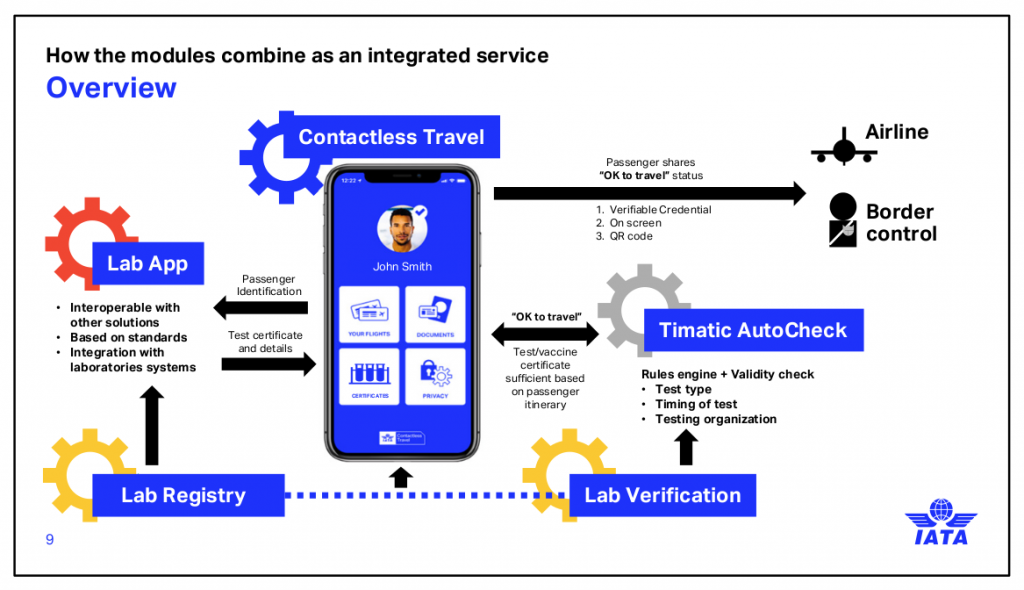CBP proposes to require mug shots of all non-US citizen travelers
Last December we called attention to plans by US Customs and Border Protection (CBP) to require mug shots of all travelers entering or leaving the US by air or sea, including US citizens.
Within days, CBP issued a press release falsely accusing us of incorrectly reporting the official CBP notice of its plans, and saying that it would withdraw its notice the next time the regulatory agenda was published.
So what happened?
Earlier this month, CBP withdrew the notice of proposed rulemaking (NPRM)… and issued a new notice of proposed rulemaking the same day that wouldn’t apply to US citizens, but would require all non-US citizens, including permanent US residents (green-card holders) to be photographed whenever they enter or leave the US by any means: air, land, or sea.
(This proposed rule is for collection of biometrics from international travelers at airports, cruise ports, and land borders. There’s a separate pending proposal which we and others have criticized for collection of biometrics including fingerprints and DNA samples, in advance of travel, from visa applicants, other would-be US visitors, and their US sponsors.)
At airports, the scheme contemplated by CBP would follow the public/private partnership model that CBP and the Transportation Security Administration (TSA) have been collaborating on with airlines and airport operating authorities in the USA and abroad:
Generally, when travelers present themselves for entry or exit, they will encounter a camera connected to CBP’s cloud-based TVS facial matching service via a secure, encrypted connection…. The camera may be owned by CBP, the air or vessel carrier, another government agency such as TSA, or an international partner governmental agency….
At the departure gate, each traveler stands for a photo in front of a partner-provided camera. Aided by the authorized airline or airport personnel, the partner-owned camera attempts to capture a usable image and submits the image, sometimes through an authorized integration platform or vendor, to CBP’s cloud-based TVS facial matching service.
The key element in this partnership, CBP makes clear, is that airlines and airports will pay to operate cameras and send photos of passengers to CBP, in exchange for getting uncontrolled use of the CBP facial recognition system for their own business purposes:
The hardware cost in the regulatory period will be borne by the carriers and airports who partner with CBP. CBP will give carriers and airports access to its facial recognition system and the carriers and airports will choose (and pay for) the hardware that best fits their needs. While this partnership is voluntary, CBP expects that all commercial carriers and major airports will elect to participate within five years.
Unless airlines and airports were given free use of the CBP facial recognition service for their own purposes, they would have no business reason to bear the cost of installing and operating cameras at all departure gates, or to send the photos to CBP. CBP has limited authority to force airlines to surveil their customers, so CBP’s scheme depends on successfully bribing them — all of them — to collaborate by giving them free access to the facial recognition service. This quid pro quo is the key to CBP’s confidence in its plans.
